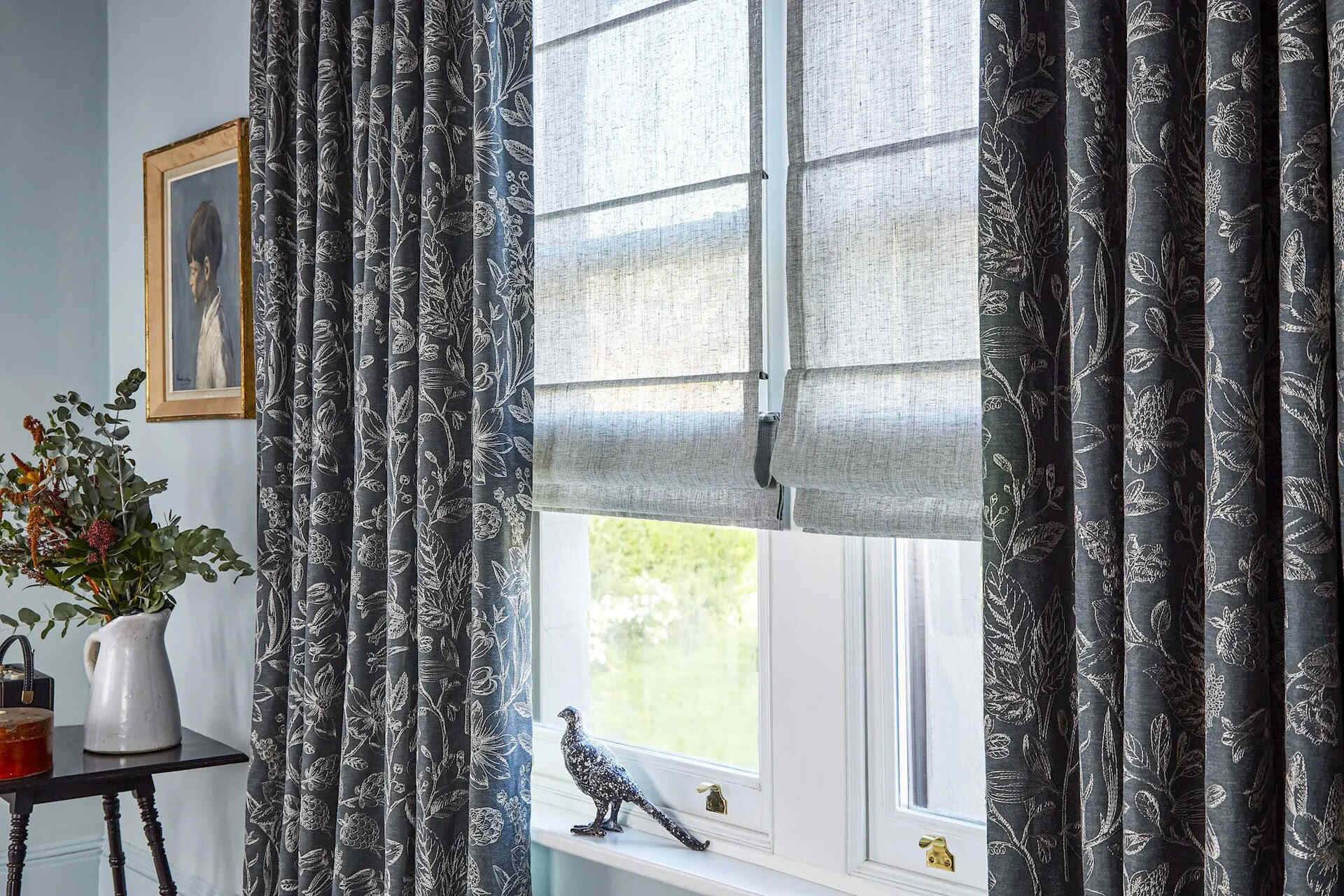

Articles
What Type Of Curtains Keep Cold Out
Modified: January 5, 2024
Looking for articles on what type of curtains keep cold out? Find tips and recommendations for choosing the right curtains to insulate your home and keep the cold air at bay.
(Many of the links in this article redirect to a specific reviewed product. Your purchase of these products through affiliate links helps to generate commission for Storables.com, at no extra cost. Learn more)
Introduction
When the temperature starts dropping outside, keeping your home warm and cozy becomes a top priority. While proper insulation and heating systems play a crucial role, one often overlooked solution is the use of curtains. Curtains do much more than just add style to your home; they can also help keep the cold air out and maintain a comfortable temperature indoors. In this article, we will explore the different types of curtains that are specifically designed to provide insulation and keep the cold out.
Understanding how curtains can help in temperature regulation requires a basic understanding of how heat transfer occurs. Heat can escape from your home through various sources such as windows, doors, walls, and even the roof. By using insulating curtains, you can create a barrier that helps to trap the warm air inside and prevent the cold air from entering.
There are several materials and features that you can look for in curtains to maximize their insulation capabilities. Different types of thermal linings, blackout curtains, thermal insulated curtains, and heavyweight fabrics are all effective options to consider. Let’s delve into the details of each to determine which type of curtain will be most suitable for keeping the cold out of your home.
Key Takeaways:
- Choose thermal lining curtains for added insulation and energy efficiency. They block cold air, reduce heat loss, and come in various styles to complement your decor.
- Consider heavyweight fabrics like velvet, brocade, or tapestry for extra insulation and elegance. Pair with sheer curtains for daytime light and nighttime warmth.
Read more: What Curtains Color Keep Heat Out
Understanding the Basics
Before diving into the various types of curtains that can keep the cold out, it’s important to understand the basics of how curtains can contribute to insulation. Heat loss occurs primarily through conduction, convection, and radiation. Conduction is the transfer of heat through direct contact, convection is the movement of heat through air or a fluid medium, and radiation is the emission of heat in the form of infrared radiation.
Curtains can help to minimize heat loss by creating a barrier that slows down the transfer of heat. The thickness and density of the fabric play a crucial role in this process. Thicker fabrics with a higher density are more effective at blocking the passage of cold air into your living space. Additionally, the use of thermal linings, blackout curtains, and thermal insulated curtains can further enhance the insulating properties.
Another important factor to consider is the proper installation and fit of the curtains. Ideally, curtains should be installed as close to the window as possible, with the edges reaching the walls. This helps to prevent drafts from entering around the edges of the curtains.
Now that we have a basic understanding of how curtains can contribute to insulation, let’s explore the different types of curtains that are specifically designed to keep the cold out.
Insulating Materials for Curtains
When it comes to selecting the right curtains for insulation, the choice of fabric is crucial. Some materials have natural insulating properties, while others can be treated to enhance their insulating capabilities. Here are some common insulating materials used for curtains:
- Wool: Wool is a natural insulator that can effectively trap heat. It is known for its thermal properties, which help regulate temperature and keep the cold out. Wool curtains are not only excellent at insulating against the cold but also provide sound insulation.
- Cotton: While cotton is not as effective as wool in terms of insulation, it still offers some insulating properties. Cotton curtains can provide a moderate level of thermal resistance and help minimize drafts.
- Polyester: Polyester is a synthetic fabric commonly used for curtains. It offers good thermal insulation and is available in various thicknesses to suit different levels of insulation needs.
- Velvet: Velvet curtains are not only luxurious and stylish but also provide excellent insulation properties. The dense pile of the fabric helps to trap heat and maintain a warm environment.
- Linen: Linen curtains offer a natural and breathable option that also provides some insulation against the cold. They are lightweight and can be layered with other thermal materials for added protection.
These materials can be used individually or in combination with other insulating features to create curtains that effectively keep the cold out. Let’s now explore some specific types of curtains that are designed for insulation purposes.
Thermal Lining Curtains
Thermal lining curtains are specifically designed to provide insulation and keep the cold out. These curtains have an additional layer of thermal lining attached to the back of the main fabric. The thermal lining is usually made from a special insulating material such as acrylic foam or thermal fleece.
The thermal lining acts as a barrier, preventing heat loss through the windows. It helps to trap the warm air inside your home and blocks the cold air from penetrating through the curtains. The extra layer of insulation provided by thermal lining curtains can significantly improve the energy efficiency of your windows and reduce heating costs.
In addition to enhancing insulation, thermal lining curtains also offer other benefits. They can help reduce noise from outside, provide extra privacy, and protect furniture and furnishings from fading due to sunlight exposure.
Thermal lining curtains are available in various styles, colors, and patterns, allowing you to choose an option that suits your decor. They can be used in any room of the house, including bedrooms, living rooms, and dining areas.
When purchasing thermal lining curtains, look for those that have a thermal energy rating. This rating indicates the level of insulation provided by the curtains, with higher ratings indicating better insulation. Additionally, make sure to measure your windows accurately to ensure a proper fit and maximize the insulation benefits.
Overall, thermal lining curtains are an excellent choice for those looking to keep the cold out and create a cozy and energy-efficient living space.
Blackout Curtains
Blackout curtains are known for their ability to block out sunlight and create a dark environment for better sleep. However, they also provide insulation benefits that help keep the cold out.
Blackout curtains are made from a thick and tightly woven fabric that effectively blocks both light and drafts. The multiple layers of fabric and the dense weave provide excellent insulation properties by reducing heat loss through windows. They create a barrier that prevents cold air from entering your home, thus helping to maintain a comfortable temperature.
One of the key features of blackout curtains is their ability to provide complete darkness by blocking up to 99% of incoming light. This darkness not only allows for better sleep but also contributes to better insulation. The absence of light reduces the transfer of heat, keeping your room warmer in the winter and cooler in the summer.
Blackout curtains are available in a wide range of colors, patterns, and styles, allowing you to find the perfect fit for your decor. They can be used in bedrooms, living rooms, nurseries, and any space where you want to create a cozy and insulated environment.
When choosing blackout curtains, look for those with an added thermal lining for maximal insulation. This combination of blackout and thermal lining features ensures a double layer of insulation that helps keep the cold out even more effectively.
Overall, blackout curtains not only offer privacy and light control but also provide insulation benefits that can significantly reduce energy costs and create a more comfortable living space.
Thermal curtains with multiple layers and a tight weave are the best for keeping cold out. Look for curtains with a thermal lining to provide extra insulation.
Read more: How To Keep Humidity Out Of Basement
Thermal Insulated Curtains
Thermal insulated curtains are specifically designed to provide optimal insulation against the cold. These curtains are made with multiple layers of fabrics that have insulating properties, thus creating a highly effective barrier against heat loss.
The insulation in thermal curtains is achieved through several features. Firstly, these curtains are made with a thick and dense outer fabric that helps to trap and retain heat inside your home. This outer layer acts as a shield, preventing the cold air from entering and the warm air from escaping.
In addition to the outer layer, thermal insulated curtains also have an inner layer of foam or insulating material. This layer further enhances the insulation capabilities by providing an additional barrier against heat loss. The foam acts as a thermal barrier, reducing the transfer of heat and maintaining a comfortable temperature indoors.
Thermal insulated curtains are available in various styles, colors, and designs to suit different tastes and decor preferences. They can be used in any room and are particularly beneficial in spaces with large windows or areas prone to drafts.
One of the advantages of thermal insulated curtains is their versatility. In addition to keeping the cold out, these curtains also provide insulation against heat during summer months, making them a year-round solution for temperature control. They help to regulate the temperature in your home, reducing the need for excessive heating or cooling, and ultimately saving energy and reducing utility bills.
When choosing thermal insulated curtains, consider the level of insulation provided by the curtains. Look for curtains with a higher R-value, as they offer better insulation capabilities. Additionally, make sure to measure your windows accurately to ensure a proper fit and maximize the insulation benefits.
Overall, thermal insulated curtains are a practical and stylish choice for maintaining a comfortable indoor temperature and keeping the cold out during the winter months.
Heavyweight Fabrics for Cold Protection
When it comes to keeping the cold out, choosing heavyweight fabrics for your curtains can make a significant difference. These fabrics are thicker and denser, providing effective insulation against the cold.
Heavyweight fabrics such as velvet, brocade, or tapestry have excellent insulating properties due to their dense weave and substantial weight. These fabrics create a barrier that helps to block drafts and prevent heat loss through windows.
Velvet curtains, in particular, are known for their luxurious and stylish appearance while also offering superb insulation. The dense pile of velvet helps to trap heat and maintain a warm and cozy environment in your home.
Brocade and tapestry fabrics, on the other hand, feature intricate patterns and textures that not only add beauty to your space but also provide extra layers of insulation. The thicker and heavier composition of these fabrics helps to block out cold air and maintain a comfortable indoor temperature.
In addition to their insulation properties, heavyweight fabrics also offer sound insulation benefits. The thickness and density of these fabrics help to absorb and reduce noise from outside, creating a quieter and more peaceful living environment.
When selecting heavyweight fabrics for cold protection, consider the style and color that best suits your decor. These fabrics come in a variety of shades, patterns, and textures to match your personal taste and interior design theme.
It’s important to note that while heavyweight fabrics provide excellent insulation, they may also block out natural light. Consider pairing these curtains with sheer or lightweight curtains that can be used during the day to allow sunlight to enter while still enjoying the insulation benefits of the heavier curtains at night.
Overall, choosing heavyweight fabrics for your curtains can help provide an extra layer of cold protection and insulation, ensuring a cozy and warm atmosphere during the cold winter months.
Other Factors to Consider
While selecting the right type of curtains is crucial for keeping the cold out, there are a few other factors to consider that can enhance their effectiveness. Here are some additional considerations to keep in mind:
- Curtain Length: The length of your curtains can impact their insulation capabilities. Ideally, curtains should extend beyond the window frame and reach the floor or sill to provide maximum coverage and prevent drafts from entering through the gaps.
- Curtain Width: The width of your curtains is also important. For optimal insulation, choose curtains that are wider than the window frame. This ensures that the curtains can be drawn fully closed, creating a tight seal and minimizing heat loss.
- Curtain Tracks or Rods: The type of curtain tracks or rods you use can affect the insulation properties. Opt for tracks or rods that allow the curtains to hang closer to the wall. This helps to create a seal and prevent drafts from entering around the edges.
- Layering: Layering curtains is another effective way to enhance insulation. Consider using a combination of thermal lining curtains, blackout curtains, or heavy fabrics for optimal protection against the cold.
- Window Sealing: Properly sealing your windows can further improve insulation. Use weatherstripping or caulking to seal any gaps or cracks around the windows, preventing cold drafts from entering your home.
- Curtain Maintenance: Regularly clean and maintain your curtains to ensure their effectiveness over time. Dust and dirt can accumulate on the fabric, hindering their insulating properties. Follow the manufacturer’s instructions for cleaning to preserve the insulation and longevity of your curtains.
By considering these factors and taking the necessary steps to optimize insulation, you can create a cozy and energy-efficient living space that keeps the cold out and saves on heating costs.
Conclusion
Choosing the right curtains can play a significant role in keeping the cold out and maintaining a comfortable temperature inside your home during the colder months. By understanding the basics of heat transfer and insulation, you can make informed decisions about the type of curtains that will best suit your needs.
Thermal lining curtains, with their added layer of insulation, are an excellent choice for effectively blocking cold air and reducing heat loss through windows. Blackout curtains, in addition to their light-blocking properties, provide insulation benefits by creating a dark environment that reduces heat transfer.
Thermal insulated curtains, made with multiple layers of insulating materials, offer optimal insulation properties throughout the year, helping to regulate temperature and reduce energy costs. Heavyweight fabrics such as velvet, brocade, or tapestry provide an extra layer of insulation and add a touch of elegance to your living space.
Consider factors such as curtain length, width, and proper installation to maximize insulation effectiveness. Additionally, pay attention to window sealing and curtain maintenance to ensure long-lasting insulation benefits.
By selecting the right curtains and implementing these considerations, you can create a cozy and energy-efficient home that keeps the cold out. Not only will this contribute to a more comfortable living environment, but it will also help reduce heating costs and promote sustainable living.
So, take the time to explore the different types of curtains available and choose the ones that best fit your style and functional needs. With the right curtains in place, you can enjoy a warm and inviting space even when the temperatures drop outside.
Frequently Asked Questions about What Type Of Curtains Keep Cold Out
Was this page helpful?
At Storables.com, we guarantee accurate and reliable information. Our content, validated by Expert Board Contributors, is crafted following stringent Editorial Policies. We're committed to providing you with well-researched, expert-backed insights for all your informational needs.
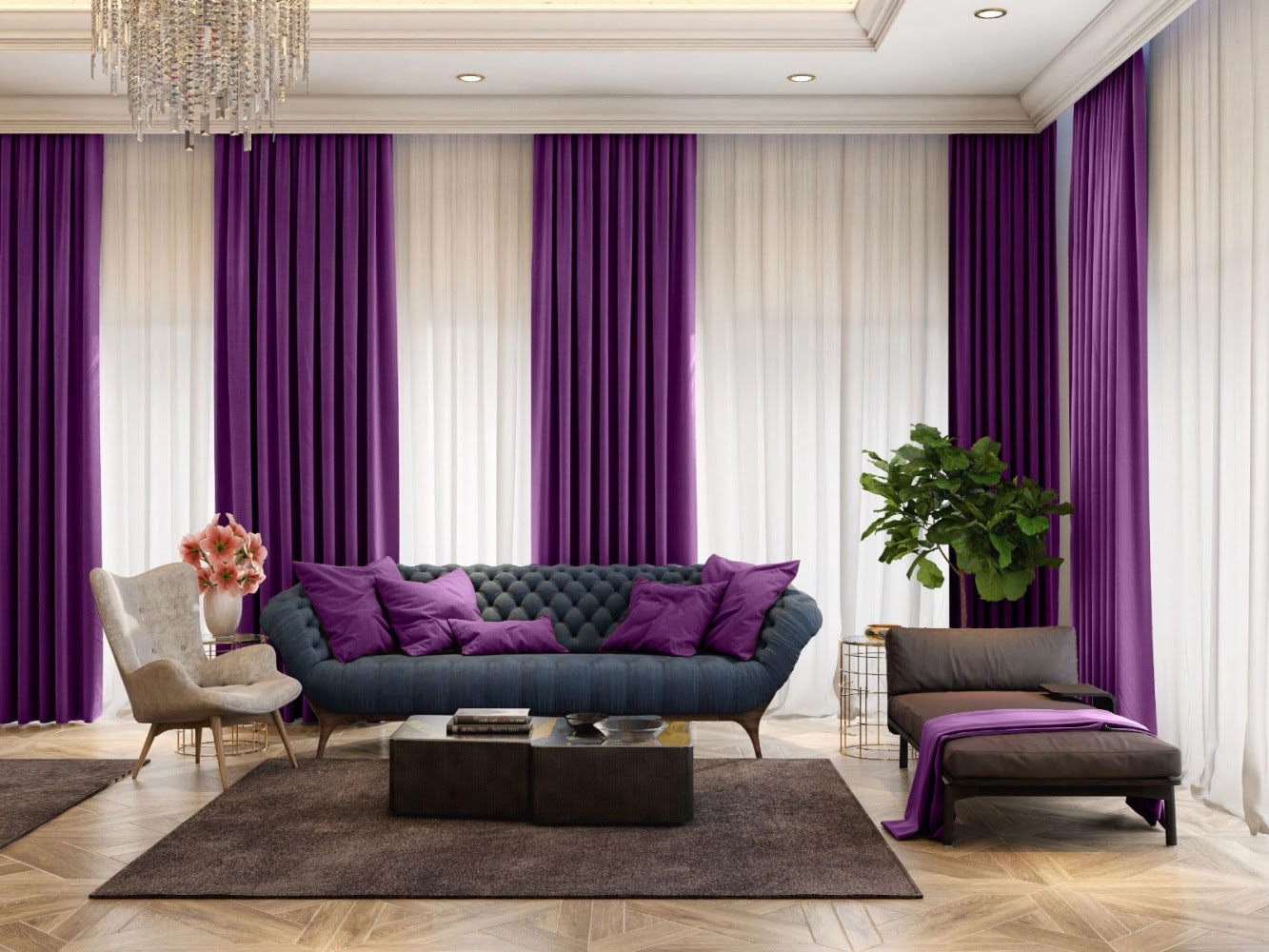

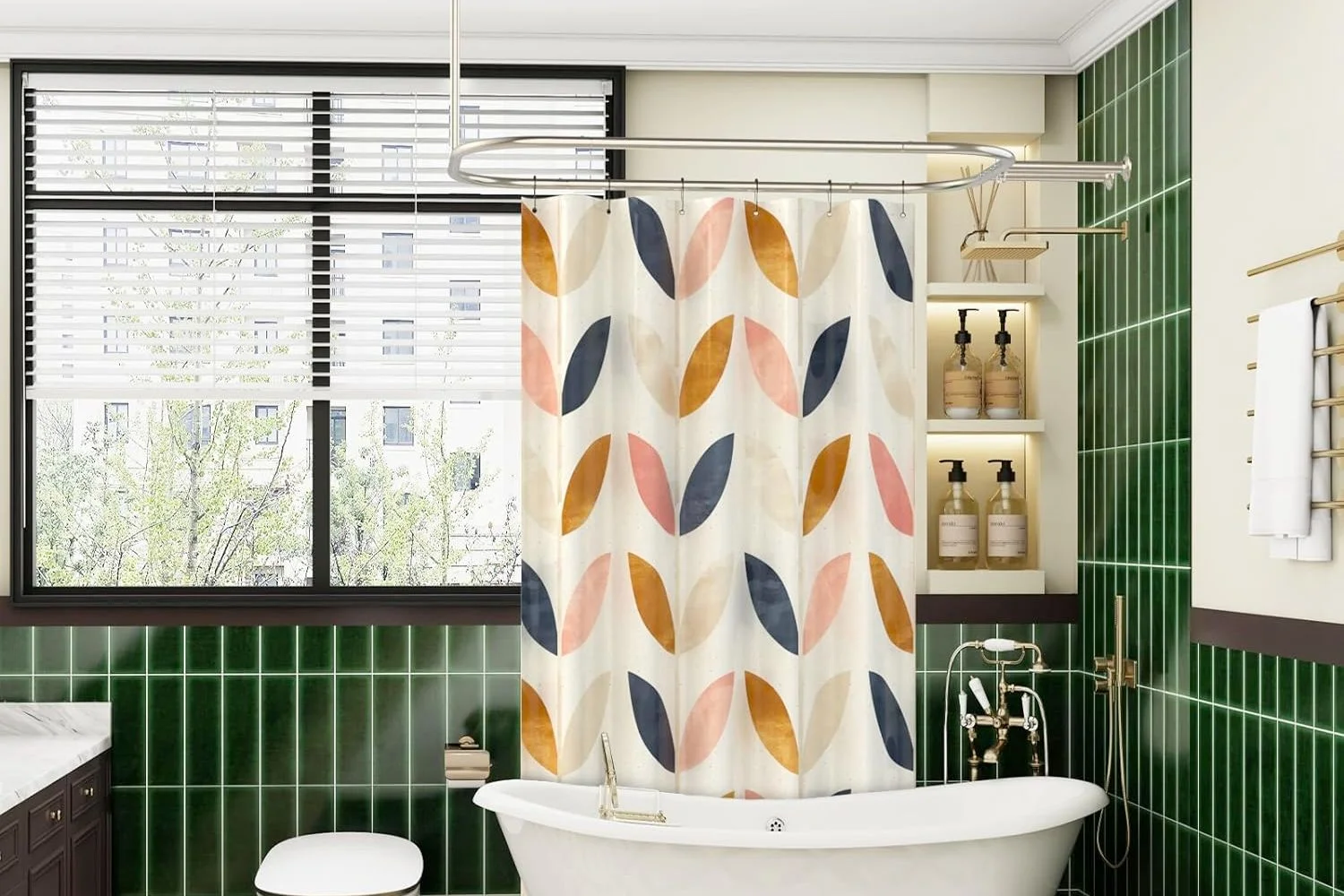

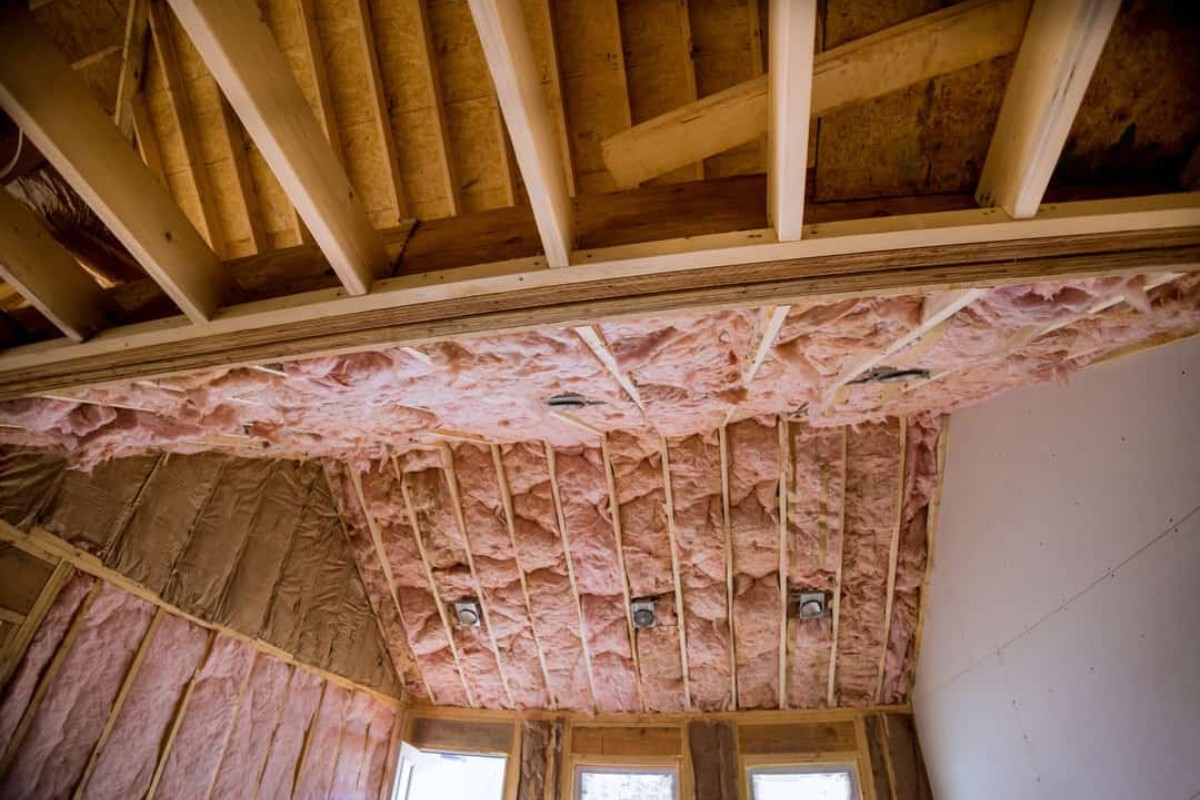
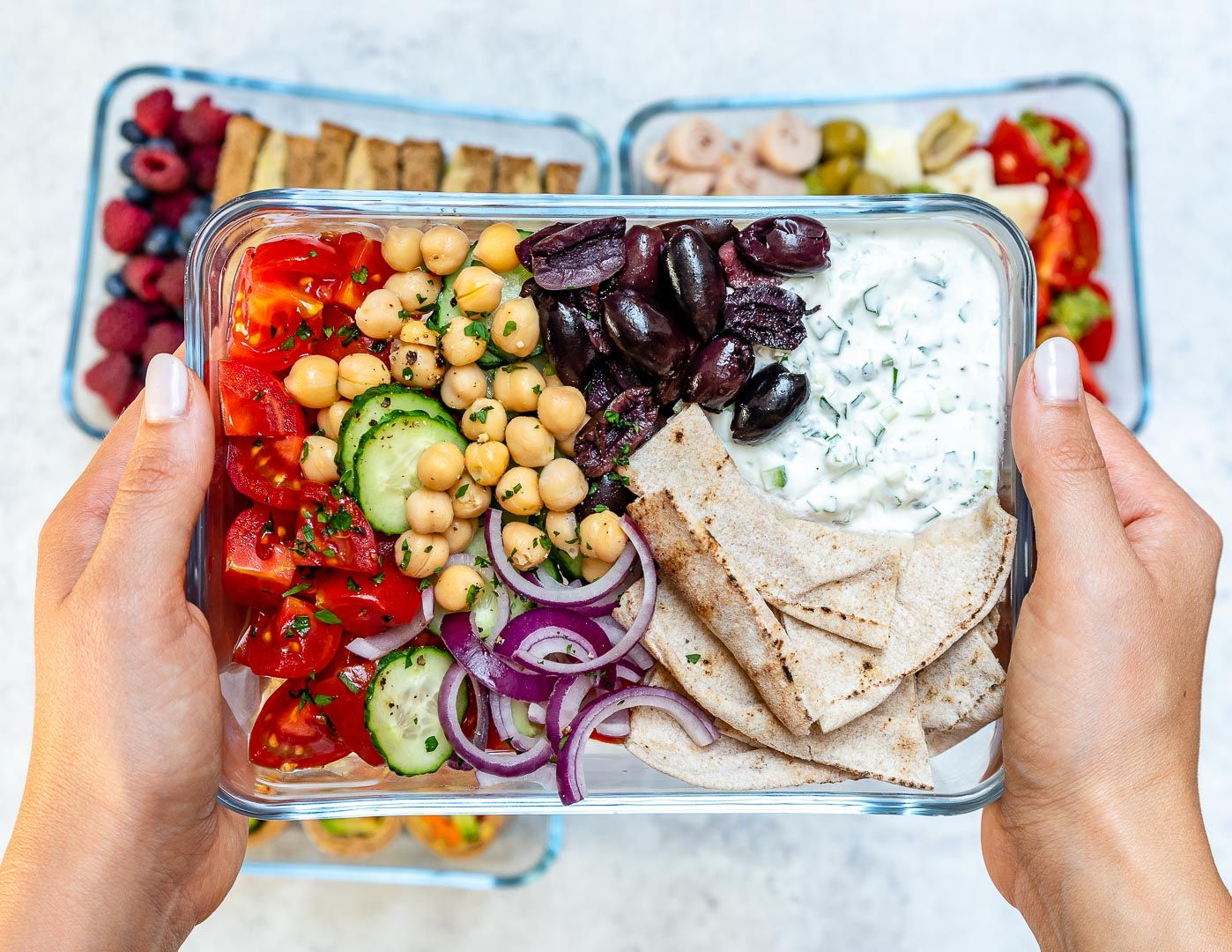

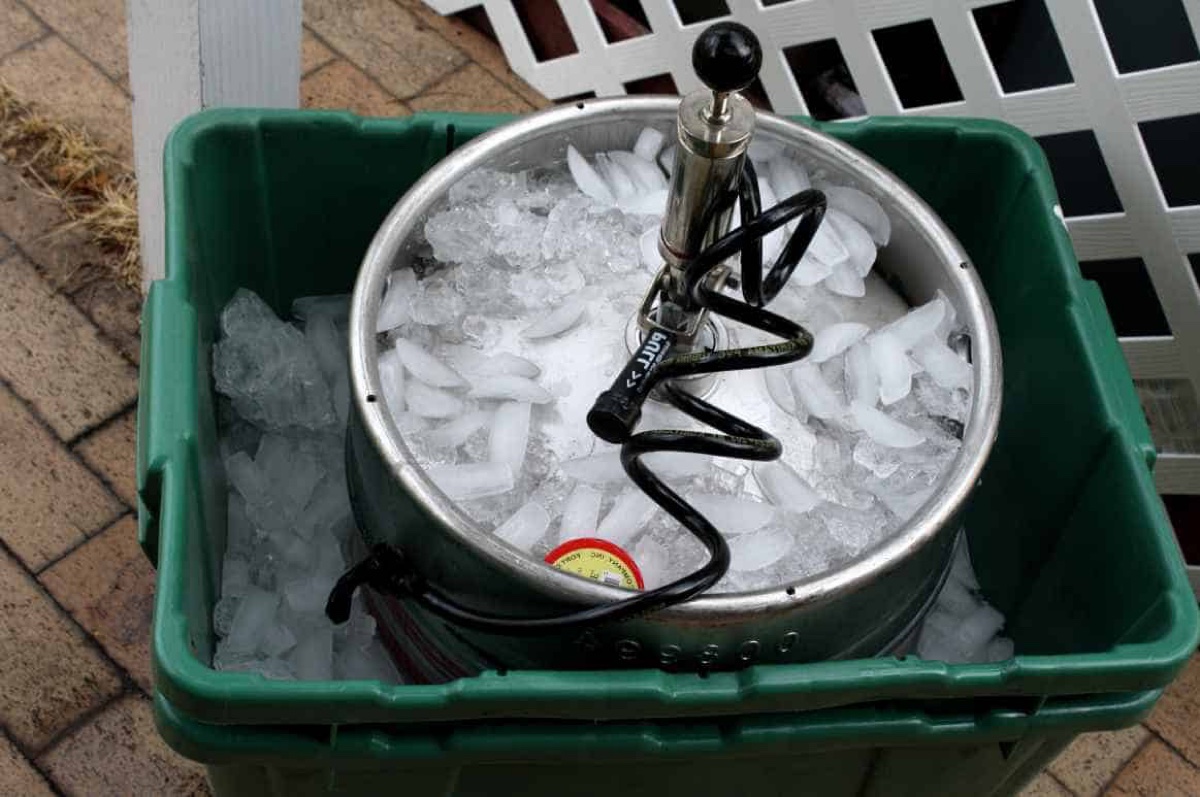




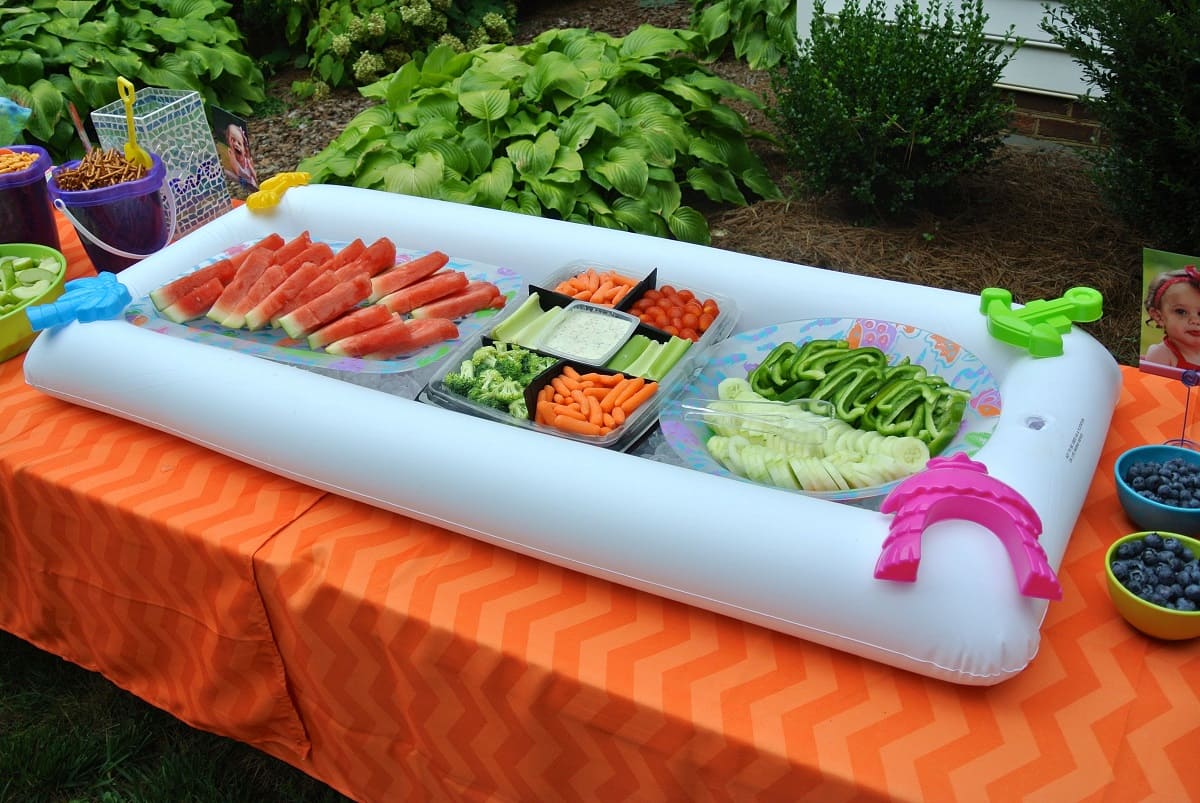
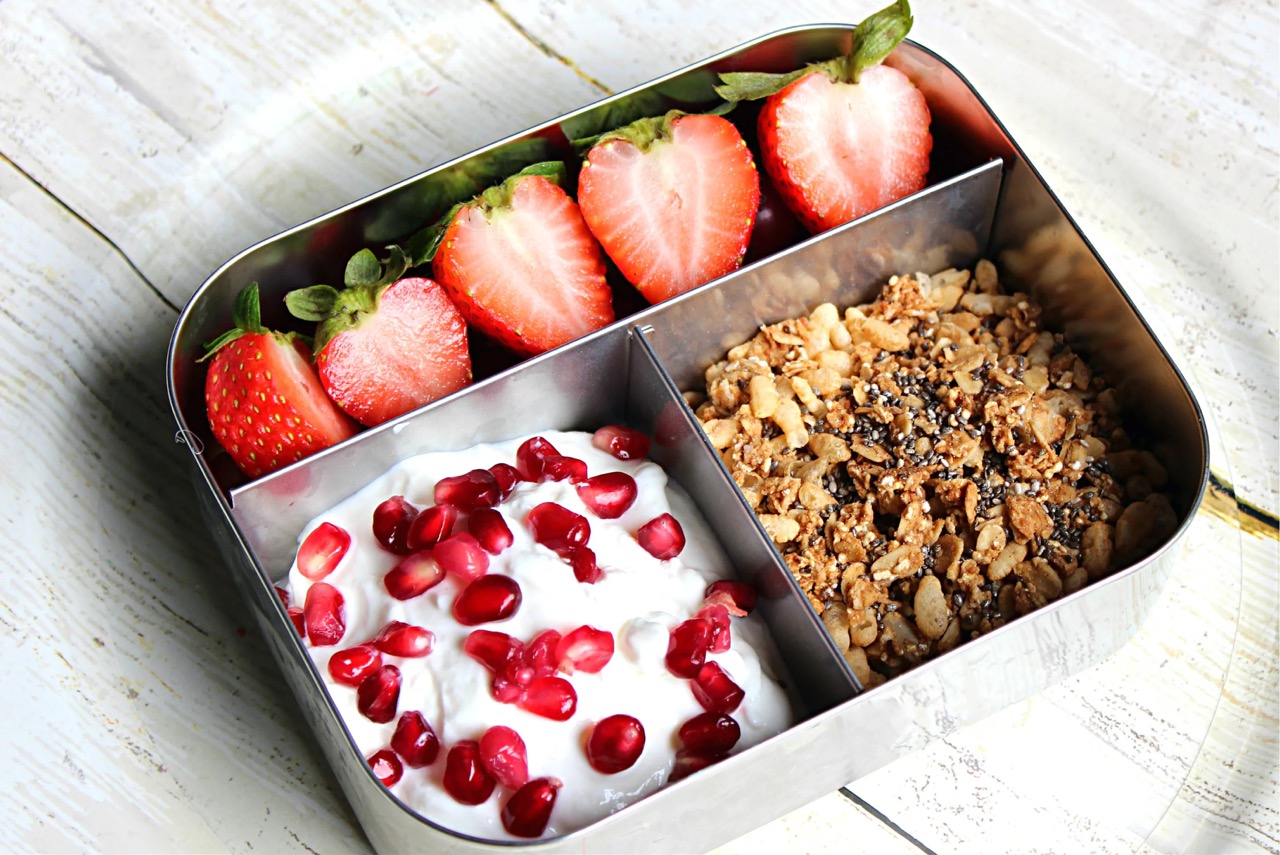

0 thoughts on “What Type Of Curtains Keep Cold Out”